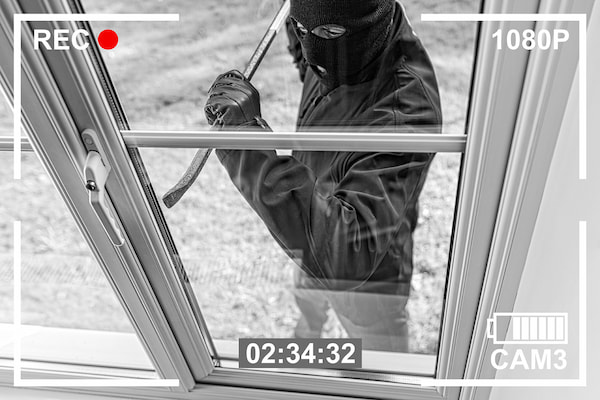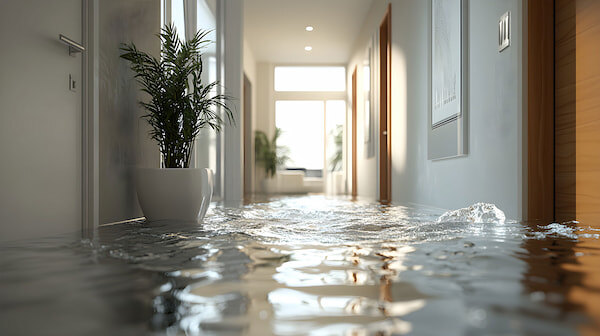Like what you read?
Subscribe to our newsletter for engaging articles, exclusive content, and the latest updates.
A standard home insurance policy acts as a financial safety net, learn what’s covered and why it matters
· 3 min. read

Home insurance protects your most valuable asset – your home. But let’s be honest, reading about insurance can be as exciting as watching paint dry. But when disaster strikes – a burst pipe flooding your living room, a fire damaging your kitchen, or a tree deciding to make a surprise entrance through your roof – you’ll be grateful for a solid policy. So, let’s make sense of home insurance in a way that’s actually useful (and maybe even a little interesting).
A standard home insurance policy is like a financial safety net, covering multiple aspects of your home.
Dwelling coverage safeguards the physical structure of your house – walls, roof, and built-in systems – against calamities like fire, storms, or vandalism. Imagine a tree crashes through your roof during a storm; this coverage pays to fix it. Personal property insurance, on the other hand, protects your belongings – furniture, electronics, and clothing – so if a break-in happens and your TV disappears, you won’t have to watch Netflix on your phone forever.

Liability protection is your financial defense against lawsuits if someone gets injured on your property (because your dog tripped them up), and Additional Living Expenses (ALE) coverage helps cover temporary housing costs if your home becomes unlivable due to a covered event.
Here’s where things get tricky. While home insurance is a superhero, it has its kryptonite –certain risks that aren’t included in standard policies.
Floods and earthquakes? Not covered. You’ll need separate policies for those. If you live in a wildfire-prone area, make sure your policy fully covers fire damage. High-value items like engagement rings, rare collectibles, or that expensive espresso machine you swear you use every morning might exceed personal property limits. And if your home suffers damage due to poor maintenance – like ignoring that leaky roof until it turns into a waterfall – you’re probably out of luck.

Think of home insurance like a tailored suit, it needs to fit your specific needs. The best way to assess your coverage is to:

If you’re seeing gaps in your policy, here’s how to plug them:

Home insurance is important, but you don’t want to overpay. Here are some tricks to cut costs without cutting corners:
Home insurance isn’t a one-size-fits-all solution, and your needs may change over time. Regularly reviewing your policy will help ensure that you maintain adequate protection for your home, belongings, and lifestyle.
Subscribe to our newsletter for engaging articles, exclusive content, and the latest updates.
Panorama can help you through the insurance process and recommend providers – just contact Jo Borda, the Director of our Client Services Department for friendly advice and trusted recommendations.
You may also be interested in
The latest interior design trends that complement Marbella’s Mediterranean lifestyle and architectural heritage.
